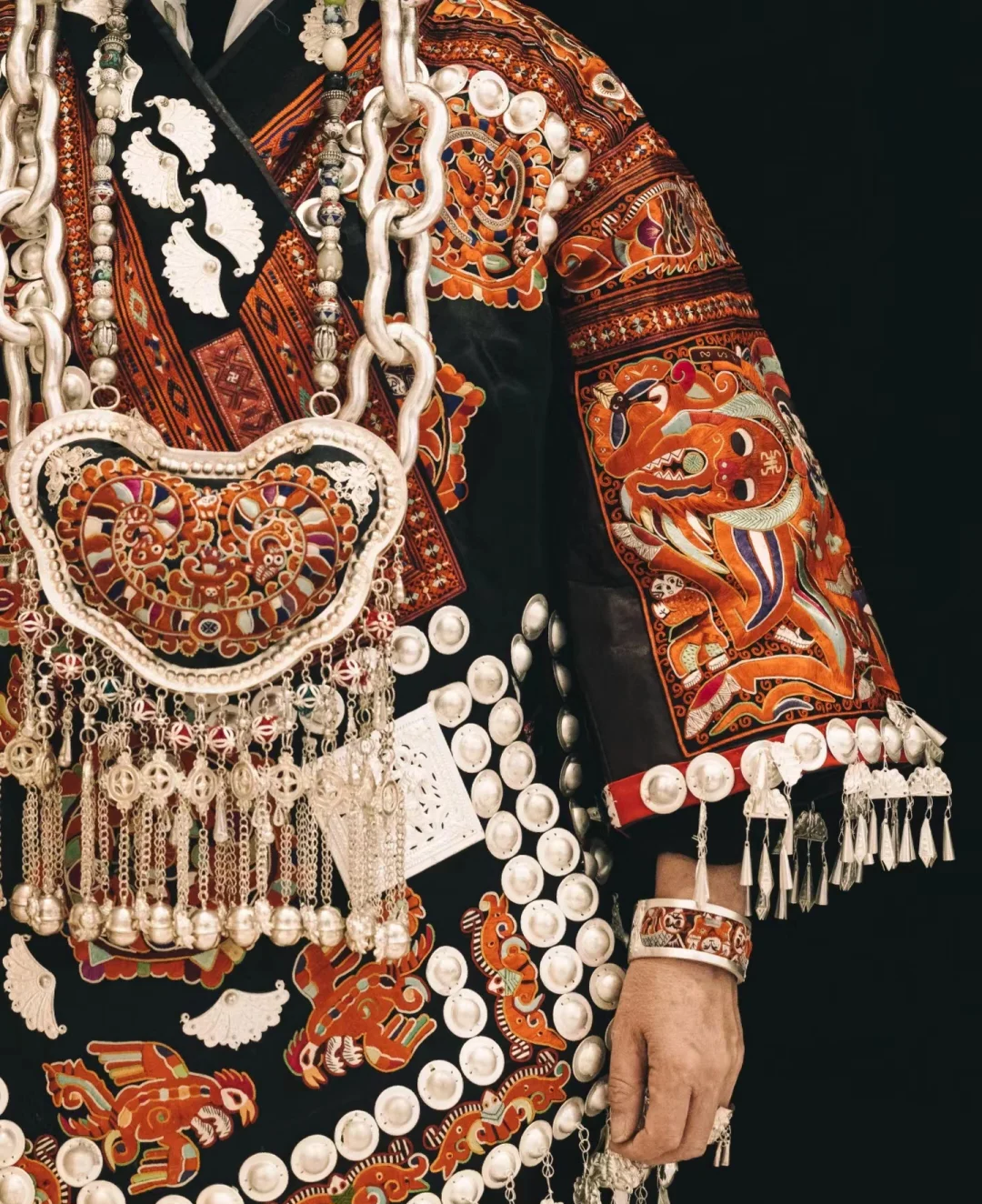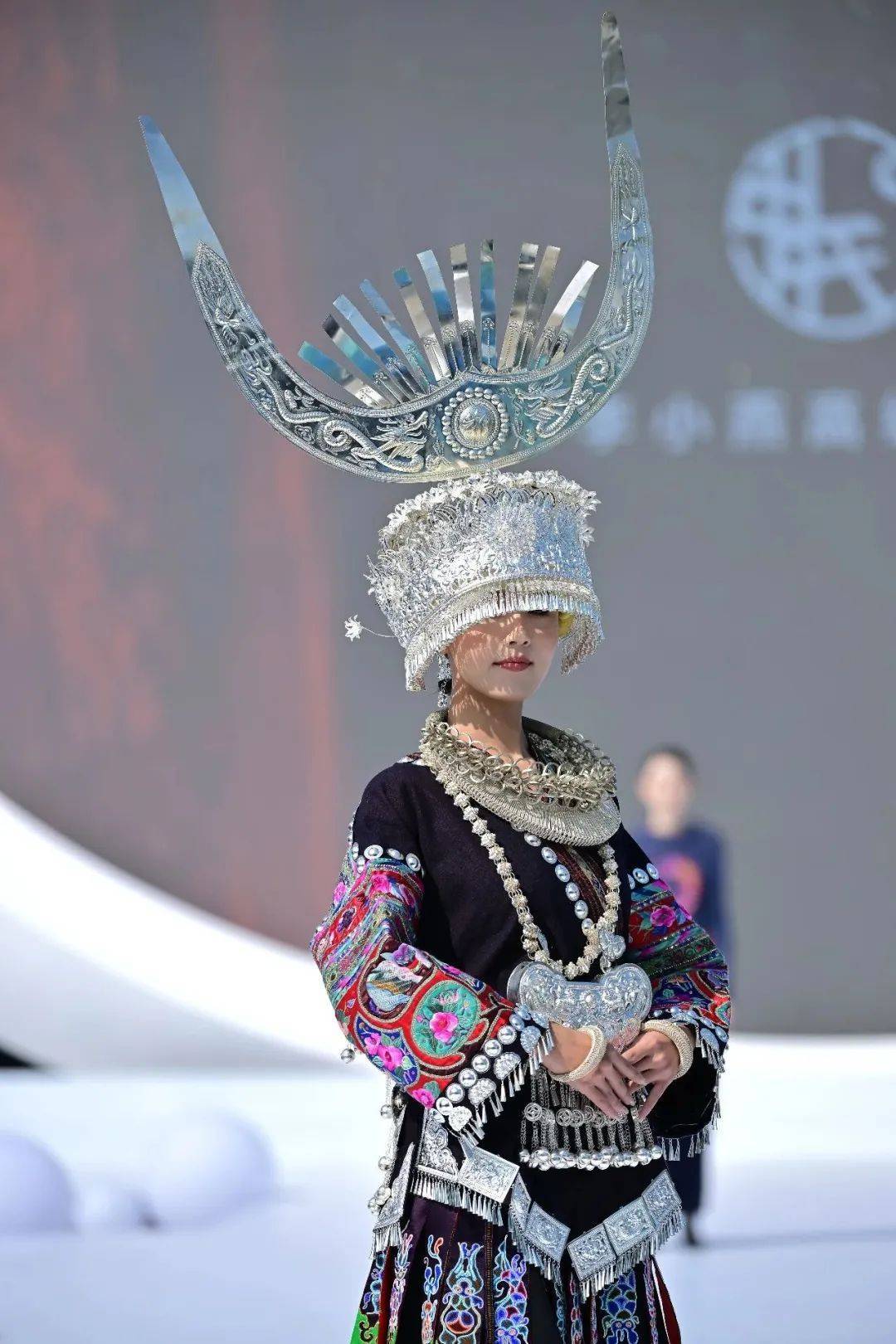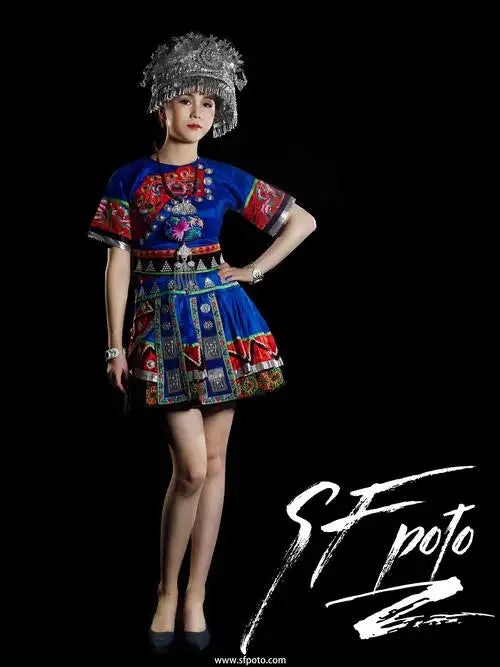东方道器
Miao Ethnic Ribbon Weaving (ICH·National Level) 苗族织带(国家级非遗)
Miao Ethnic Ribbon Weaving (ICH·National Level) 苗族织带(国家级非遗)
无法加载取货服务可用情况
Miao Ethnic Ribbon Weaving (ICH·National Level) 苗族织带(国家级非遗)
I. Historical Origins 历史溯源
Cultural Roots:
Miao ribbon weaving, a branch of Miao brocade, traces back 3,000 years to ancient Central Plains silk-weaving techniques. Song Dynasty texts like Dongxi Xianzhi documented Miao artisans unraveling and reweaving colored silk. By the Ming-Qing era, ribbon weaving emerged as an independent craft, widely used in ceremonial rituals and clothing adornment.
文化根源:苗族织带是苗族织锦的重要分支,最早可追溯至3000年前中原地区彩帛编织技艺,宋代《峒溪纤志》已记载苗族拆解彩帛重组织锦的工艺。明清时期,织带发展为独立分支,广泛用于服饰装饰与礼俗信物。
ICH Recognition:
Listed in China’s 2nd National Intangible Cultural Heritage Inventory in 2008 (Code Ⅷ-105), with core preservation areas in Leishan and Majiang, Guizhou.
非遗认证:2008年,苗族织锦技艺(含织带)列入第二批国家级非遗名录(编号Ⅷ-105),贵州雷山、麻江等地为核心传承地。
II. Technical Features 工艺特征
Materials & Tools:
Uses undyed cotton threads and colored silk, woven on X-shaped wooden looms with buffalo-horn needles. Warp threads are divided into single or bundled strands, while weft threads are intricately interlaced.
原料工具:以青白楞线、彩丝为原料,采用X形木质织架与牛角挑刀,经线分单经(独线)与束经(三线组合),纬线通过挑刀精准勾线编织。
Weaving Techniques:
Pattern Design: Patterns like "Twin Dragons Playing with a Pearl" and butterfly motifs emerge through reverse-side weaving, creating 3D textures via warp-weft color contrasts;
Color Symbolism: White-black combinations (cotton) symbolize simplicity, green-purple (silk) signify nobility, and vibrant red-yellow-blue hues reflect ethnic vitality.
编织技艺:
图案设计:反面织线、正面显图,通过经纬线色差形成“双龙戏珠”“蝴蝶纹”等立体图案;
色彩象征:白底黑花(棉线)传递质朴,绿底紫花(丝线)彰显华贵,红黄蓝强烈对比映照民族热情。
III. Cultural Codes 文化密码
Ancestral Narratives:
Patterns encode collective memory: butterfly motifs represent life cycles (from the Miao creation myth "Butterfly Mother"), fish patterns symbolize harvests, and geometric designs map migration routes.
族群叙事:图案承载族群记忆:蝴蝶纹象征生命轮回(苗族创世神话“蝴蝶妈妈”),鱼纹隐喻丰收,几何纹记录迁徙路线。
Social Functions:
Serves daily utility (belt ties, aprons) and rituals: bridal exchanges use ribbons as "wordless love letters," while newborns wear them as blessed adornments.
社会功能:兼具实用与仪式价值:日常用于系腰、围裙,婚嫁时作为“无字情书”(男女定情信物),亦为新生儿背带必备装饰。
IV. Contemporary Revival 现代传承
Craft Revival:
Workshop Model: Leishan’s ICH workshops teach dyeing and weaving to youths;
Cultural IP: Designer neckties and artisanal backpack straps (priced over ¥1,000) attract tourists.
复兴举措:
工坊模式:雷山县非遗工坊开设织带体验课,培养年轻学员掌握传统染色与挑花技艺;
文化IP:开发花带式领带、背包织带等文创产品,单件手工织带售价超千元,成为旅游消费热点。
Challenges:
Faces threats from industrial textiles and aging artisans. Scholars urge digital archiving to preserve endangered patterns.
传承挑战:面临工业化纺织替代与传承人老龄化问题,学者呼吁建立数字化纹样库保存濒危图案体系。
Epilogue 结语
From daily wear to global runways, Miao ribbons weave ancestral tales into modern aesthetics. As ancient needles meet contemporary design, this "finger-tip language" thrives through cultural fusion.
从腰间的烟火气到国际T台的东方美学符号,苗族织带以经纬为脉、图腾为魂,续写着“穿在身上的史诗”。当古老挑刀邂逅现代设计,这一“指尖密语”正在多元文化碰撞中焕发新生。
注:ICH=非物质文化遗产 / Note: ICH = Intangible Cultural Heritage
Share

















